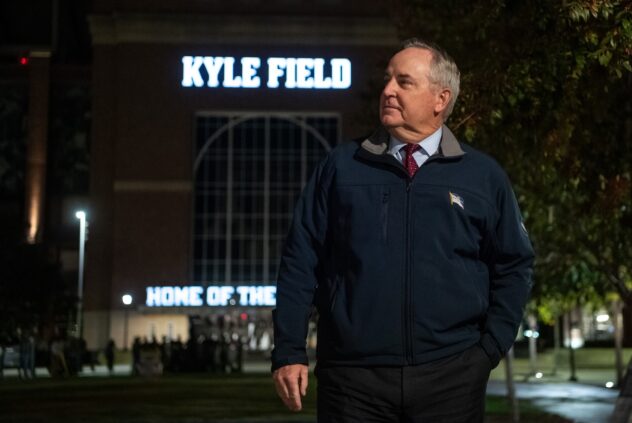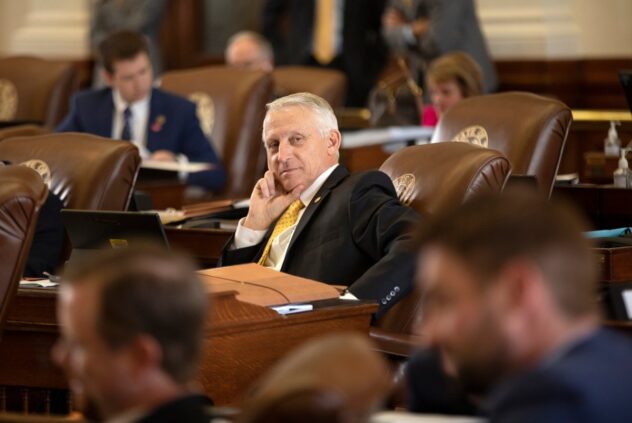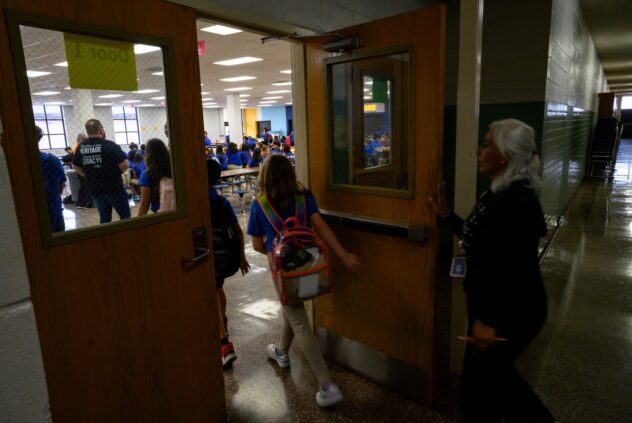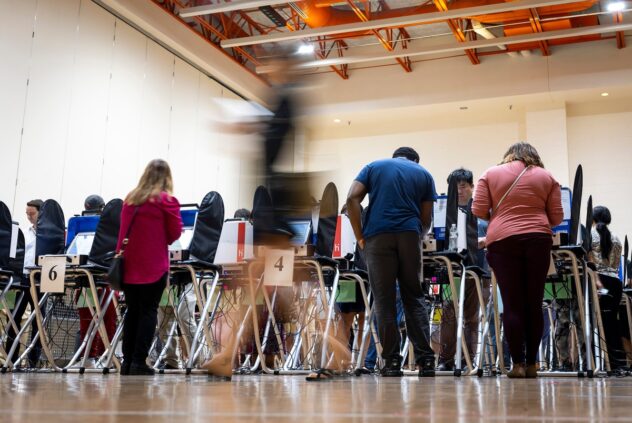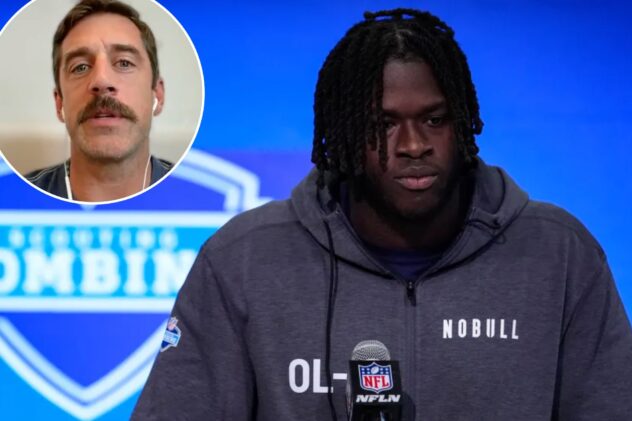Coronavirus updates in Texas: U.S. House takes up relief bill as Dallas County bolsters medical response
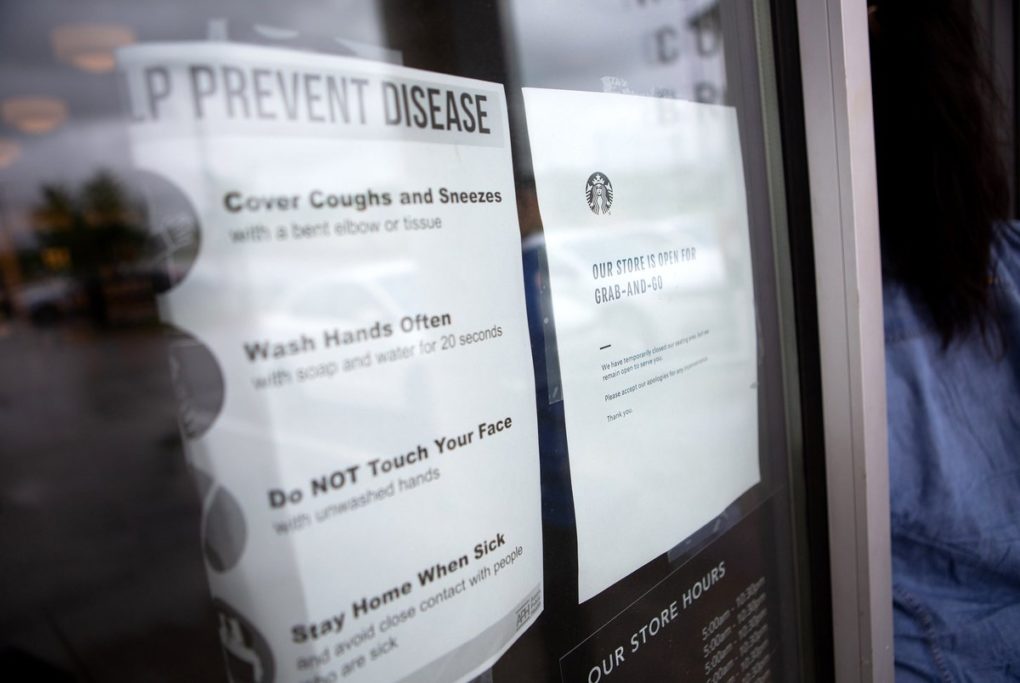
Friday’s biggest developments
- U.S. House set to take up relief bill Senate passed on Thursday
- Dallas County, hard hit by COVID-19, marshaling more medical resources
- Gov. Greg Abbott works to balance demands of local officials, GOP leaders
Coronavirus relief bill heads to U.S. House on Friday
[5:00 a.m.] The U.S. House is expected to vote on the a novel coronavirus relief bill Friday morning. Known as the Coronavirus Aid, Relief and Economic Security Act, the bill is estimated to cost taxpayers over $2 trillion and has the primary goals of supporting the medical response to the pandemic, keeping businesses afloat long enough to avoid more layoffs and bolstering liquidity in the market.
How the vote will play out procedurally was uncertain late Thursday. Most House members are in their districts, and members aim to avoid returning to the chamber in the near term out of fear of contracting the virus while in transit. — Abby Livingston
With more than 300 cases, Dallas County strengthens medical response
[5:00 a.m.] Dallas County, Texas’ county hardest hit by the new coronavirus, is strengthening its medical response with a mobile hospital and by calling in health care workers from the National Guard. The county has more than 300 positive cases and plans to eventually open the 250-bed hospital and is calling in doctors and nurses from the National Guard who will assist with epidemiological detective work known as “contact tracing” to identify people who have been in contact with anyone who tests positive for the novel coronavirus. — Mitchell Ferman
Abbott carefully navigates statewide coronavirus response
[5 a.m.] The same week that President Donald Trump suggested the U.S. economy, reeling from the coronavirus pandemic, should be “opened up and raring to go by Easter,” Gov. Greg Abbott has struck a different tone.
“On one hand, I think there is an urgent desire by a lot of Americans to get back to work, to get back to normal,” Abbott said. “That said, everyone understands that we will all be working off of the best advice of medical professionals about what is the safest way to proceed.”
Those divergent messages highlighted the middle-ground approach that Abbott has taken so far as the state’s chief executive responds to a global health crisis. It has helped keep the peace across the levels of government but has also raised questions about whether he’s being aggressive enough. — Alex Samuels and Patrick Svitek


